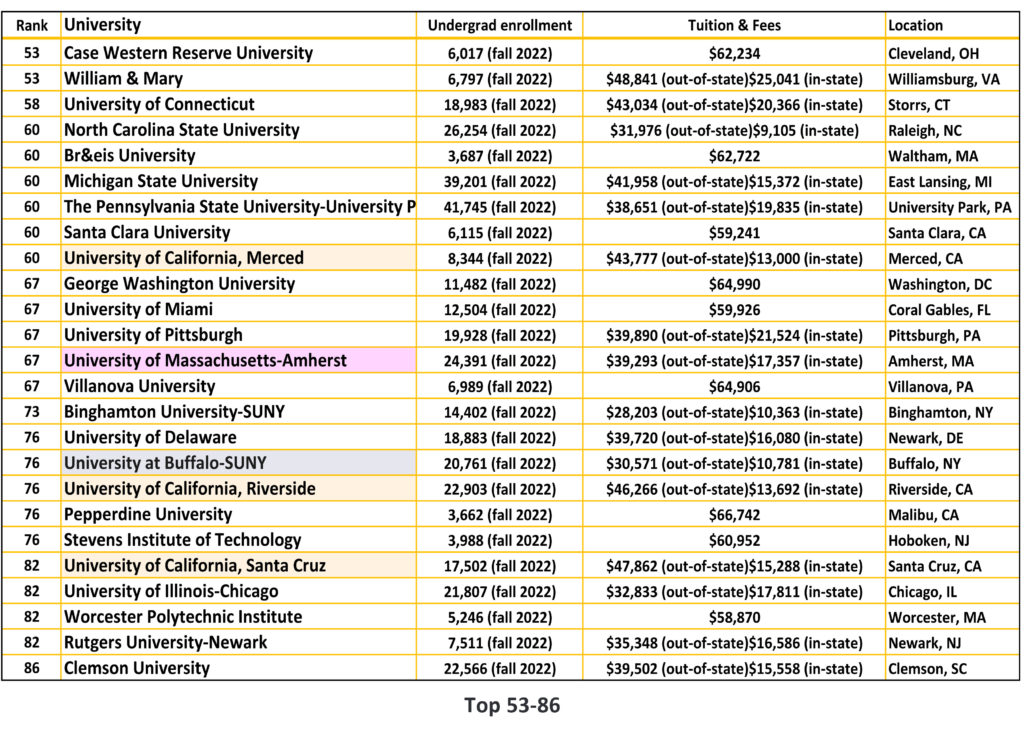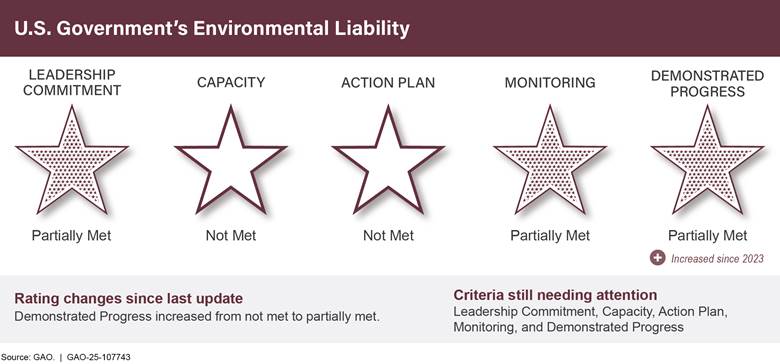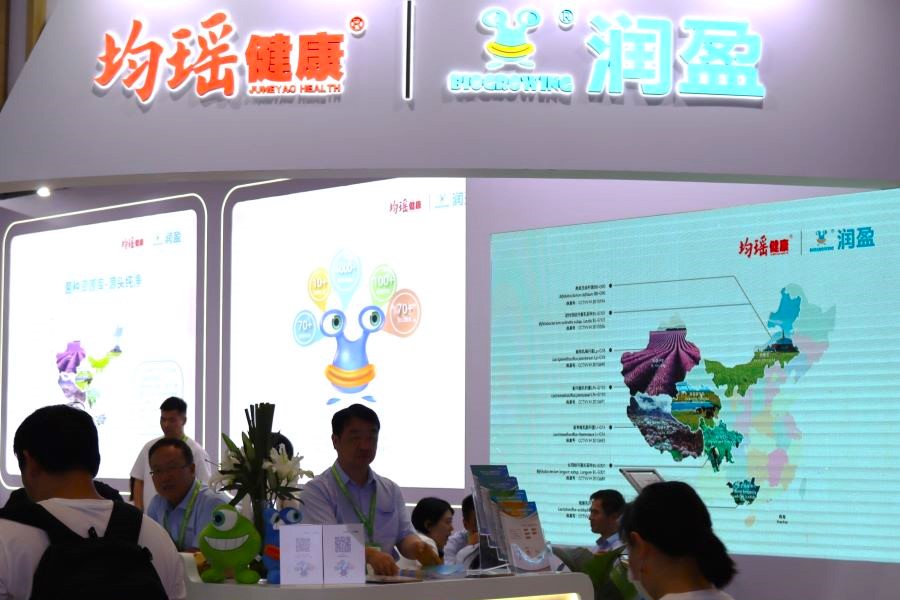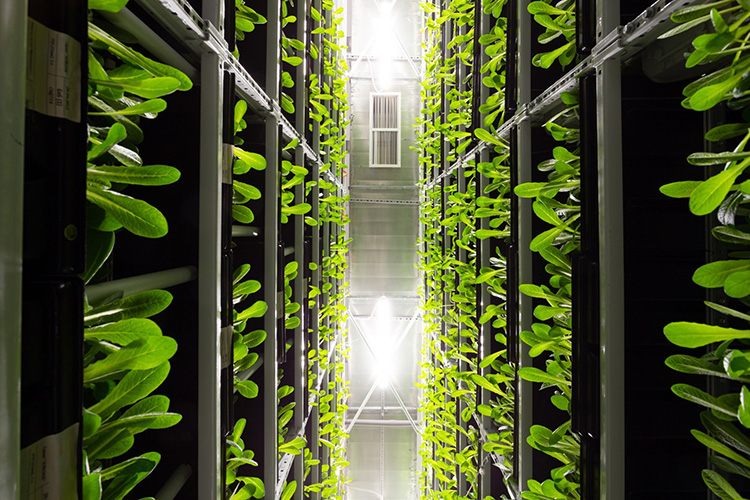Global Ranking Report: University of Nebraska–Lincoln’s Agriculture and Natural Resources Programs
Executive Summary
The University of Nebraska–Lincoln (UNL) has been recognized among the top 10% of global institutions for its agriculture and natural resources programs, according to the latest QS World University Rankings. The university’s performance highlights a strong commitment to addressing global challenges, closely aligning with the United Nations Sustainable Development Goals (SDGs) through its research, teaching, and engagement efforts.
Overall Ranking and Performance
In a comprehensive evaluation by Quacquarelli Symonds, a global higher education analytics firm, UNL’s programs achieved the following distinctions:
- Placed 46th overall among 475 universities ranked worldwide.
- Ranked third among Big Ten land-grant universities in the Employer Reputation category.
This ranking reflects the university’s success in preparing graduates with skills and knowledge highly valued by employers, contributing directly to SDG 8: Decent Work and Economic Growth.
Key Performance Indicators and Institutional Strengths
The university’s high standing is attributed to several key factors that underscore its contribution to sustainable development:
- Employer Reputation: A high score in this category indicates successful preparation of students for the workforce, achieved through innovative curricula and robust experiential learning opportunities. This directly supports SDG 4: Quality Education.
- Research Impact: Strong performance in metrics such as citations per paper and H-index citations establishes UNL as a leader among its Big Ten peers. This research provides cutting-edge solutions for stakeholders, advancing SDG 9: Industry, Innovation, and Infrastructure.
- Strategic Partnerships: Deep statewide engagement and collaborations with industry partners are fundamental to the university’s success, reflecting a commitment to SDG 17: Partnerships for the Goals.
Contributions to Sustainable Development Goals (SDGs)
The work of the Institute of Agriculture and Natural Resources (IANR) is intrinsically linked to achieving a sustainable future. The programs’ focus areas directly support multiple SDGs:
- SDG 2: Zero Hunger: By driving agricultural innovation and supporting Nebraska’s producers, the university contributes to creating resilient and sustainable food systems.
- SDG 12: Responsible Consumption and Production: The emphasis on agricultural solutions and resource management promotes sustainable production patterns.
- SDG 15: Life on Land: A core mission is the commitment to sustaining natural resources, which is crucial for protecting terrestrial ecosystems.
Future Outlook
The University of Nebraska–Lincoln is committed to elevating its agricultural research profile and continuing its purpose-driven, land-grant mission. Strategic investments and partnerships are positioned to further enhance the university’s impact on a global scale, driving progress for agricultural communities and ensuring the sustainability of natural resources for future generations.
SDGs Addressed in the Article
-
SDG 2: Zero Hunger
The article focuses on the high ranking of a university’s agriculture programs, which are dedicated to “driving progress for farmers” and developing “cutting-edge solutions” for agriculture. This directly relates to improving agricultural productivity and sustainability, which are key components of achieving zero hunger.
-
SDG 4: Quality Education
The core of the article is about the University of Nebraska–Lincoln’s ranking in higher education. It highlights the quality of its programs, its “innovative curricular development,” and its success in preparing graduates with “desirable skills and knowledge,” which is central to SDG 4.
-
SDG 9: Industry, Innovation, and Infrastructure
The article emphasizes the university’s role in “agricultural innovation,” its “increase in research expenditure,” and its high scores in “citations per paper and H-index citations.” This focus on research, innovation, and investment in scientific advancement aligns with the goals of SDG 9.
-
SDG 17: Partnerships for the Goals
The success of the university’s programs is attributed to “deep statewide engagement and partnerships,” a “collaborative culture,” and “strategic investments and industry partnerships.” This highlights the importance of multi-stakeholder collaboration, which is the essence of SDG 17.
Specific SDG Targets Identified
-
SDG 2: Zero Hunger
- Target 2.4: By 2030, ensure sustainable food production systems and implement resilient agricultural practices. The article supports this by mentioning the university’s commitment to “agricultural innovation” and “sustaining our natural resources for decades to come,” which are crucial for sustainable agriculture.
-
SDG 4: Quality Education
- Target 4.4: By 2030, substantially increase the number of youth and adults who have relevant skills, including technical and vocational skills, for employment, decent jobs and entrepreneurship. The article directly addresses this target by highlighting the university’s high ranking in “employer reputation,” which “reflects how well a university is perceived by employers in preparing graduates with desirable skills and knowledge.”
-
SDG 9: Industry, Innovation, and Infrastructure
- Target 9.5: Enhance scientific research, upgrade the technological capabilities of industrial sectors… encouraging innovation and substantially increasing… research and development spending. The article points to progress on this target by stating that the university’s success has “driven an increase in research expenditure each year for the past three years” and that it is a “leader in agricultural innovation.”
-
SDG 17: Partnerships for the Goals
- Target 17.17: Encourage and promote effective public, public-private and civil society partnerships. The article provides examples of this through its mention of “deep statewide engagement and partnerships,” “collaborative culture,” and “strategic investments and industry partnerships” as key drivers of its success.
Indicators Mentioned or Implied
-
SDG 2: Zero Hunger
- Implied Indicator: The development of “cutting-edge solutions for our stakeholders” (farmers) and being a “leader in agricultural innovation” serve as qualitative indicators of progress towards implementing more productive and sustainable agricultural practices.
-
SDG 4: Quality Education
- Implied Indicator: The “employer reputation” category in the QS World University Rankings is used as a direct measure of how well graduates are prepared for the workforce, serving as a proxy indicator for the acquisition of relevant skills for employment.
-
SDG 9: Industry, Innovation, and Infrastructure
- Indicator: The article explicitly mentions an “increase in research expenditure each year for the past three years,” which is a direct indicator of investment in research and development (related to Indicator 9.5.1).
- Indicator: The metrics of “citations per paper and H-index citations” are mentioned as measures of academic productivity and research impact, serving as direct indicators of scientific research output.
-
SDG 17: Partnerships for the Goals
- Implied Indicator: The existence of “strategic investments and industry partnerships” is mentioned as a reason for the university’s success. The number and scope of these partnerships could serve as an indicator of effective multi-stakeholder collaboration.
Summary of SDGs, Targets, and Indicators
| SDGs | Targets | Indicators |
|---|---|---|
| SDG 2: Zero Hunger |
|
|
| SDG 4: Quality Education |
|
|
| SDG 9: Industry, Innovation, and Infrastructure |
|
|
| SDG 17: Partnerships for the Goals |
|
|
Source: ruralradio.com







